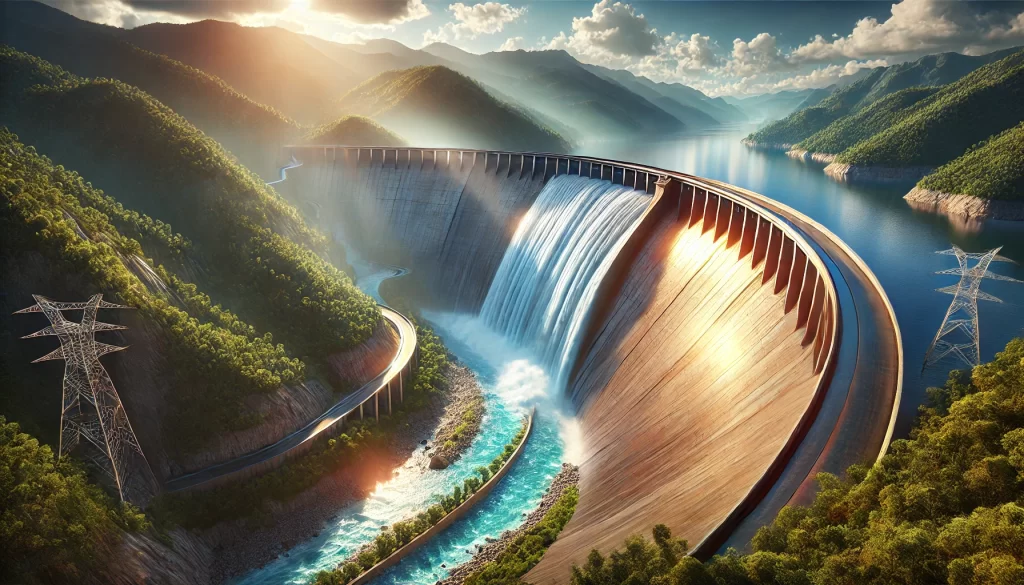China has reiterated its commitment to constructing the world’s largest hydropower dam on the Brahmaputra River, asserting that the project will have no adverse impacts on downstream nations, including India and Bangladesh. Despite ecological concerns and regional apprehensions, Chinese officials emphasized that decades of research and safety measures undergird the massive undertaking, estimated to cost $137 billion.
Chinese Foreign Ministry spokesperson Mao Ning addressed concerns at a press briefing, stating that the project, situated in the fragile Himalayan region, has been rigorously studied to ensure its security and environmental sustainability. “China has always been responsible for the development of cross-border rivers,” she said. “This project will not negatively affect the lower reaches.”
The dam, to be constructed at a massive gorge where the Brahmaputra (known locally as the Yarlung Zangbo) takes a sharp turn into Arunachal Pradesh and later flows into Bangladesh, is a centerpiece of China’s push for clean energy. According to Ms. Mao, the initiative is designed to combat climate change, mitigate extreme hydrological disasters, and bolster renewable energy capacity.
While China positions the project as a response to global climate challenges, concerns linger over its potential to disrupt downstream ecosystems and communities. The Brahmaputra, a vital water source for millions, flows through sensitive ecological zones and heavily populated areas in India and Bangladesh.
India and Bangladesh, as lower riparian states, have expressed reservations about the potential implications of the dam. Critics argue that the project could enable China to manipulate water flow, posing strategic risks during times of geopolitical tension. The dam’s sheer size—dwarfing even China’s renowned Three Gorges Dam—has amplified these fears.
India is particularly wary of the possibility of Beijing using the dam’s water release capacity as leverage, potentially causing flooding in border regions during hostilities. India, in response, is advancing its own dam construction projects on the Brahmaputra within Arunachal Pradesh, signalling its intent to safeguard its interests.
The proposed dam site lies in a seismically active region along the Himalayan tectonic plate boundary, raising significant engineering and safety challenges. The Tibetan plateau, often referred to as the “roof of the world,” is prone to frequent earthquakes, adding another layer of complexity to the already ambitious project.
China’s Zam Hydropower Station, operational since 2015, is currently the largest dam in Tibet. The new project, however, surpasses it in scale and ambition, with projected costs exceeding one trillion yuan. This ambitious initiative forms part of China’s 14th Five-Year Plan (2021–2025) and its long-term development strategy extending to 2035.
Ms. Mao underscored China’s willingness to collaborate with downstream nations, promising to maintain open communication channels and strengthen disaster prevention and relief efforts. “China will continue to maintain communication with countries at the lower reaches through existing mechanisms and step up cooperation for the benefit of the people by the river,” she said.
India and China have a history of data-sharing agreements related to trans-border rivers, established through the Expert Level Mechanism (ELM) in 2006. These mechanisms allow India to receive hydrological data during flood seasons, aiding in disaster preparedness.
Recent talks between Indian National Security Advisor Ajit Doval and Chinese Foreign Minister Wang Yi also included discussions on river data sharing. Both sides expressed positive intentions toward enhancing cooperation on water management issues.
China’s framing of the project as an environmentally friendly initiative comes at a time when the global focus on renewable energy has intensified. However, the ecological cost of such mega-projects remains a contentious issue. The Himalayan region, rich in biodiversity, faces risks from large-scale infrastructure projects that could disrupt fragile ecosystems.
For Bangladesh, which relies heavily on the Brahmaputra for agriculture and livelihoods, the project raises alarms about potential reductions in water availability. Officials in Dhaka have called for greater transparency and collaboration to mitigate risks to downstream populations.
China’s Brahmaputra dam project reflects its broader strategy of advancing large-scale infrastructure to assert global leadership in renewable energy. The dam is not only a response to domestic energy demands but also a demonstration of China’s engineering capabilities on an unprecedented scale.
However, as the project progresses, balancing regional cooperation, ecological sustainability, and national interests will remain a formidable challenge. The hydropower development underscores the need for robust dialogue among riparian nations to ensure equitable resource sharing and long-term environmental preservation.
As construction moves forward, the world will closely watch how China navigates these complex dynamics while maintaining its vision of sustainable progress.





